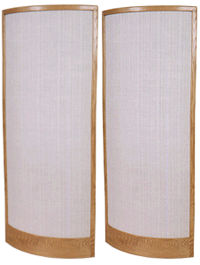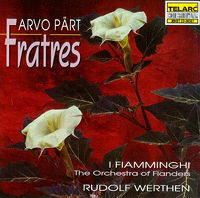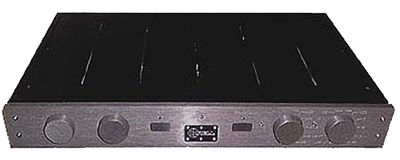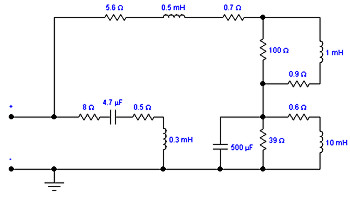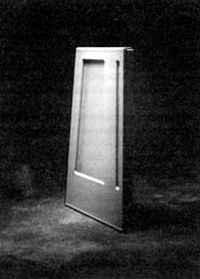LATEST ADDITIONS
Acoustic Energy AE1 loudspeaker
"<A HREF="http://www.Stereophile.com//features/44/">Who Stole The Bass?</A>" asked Anthony H. Cordesman, writing about minimonitors in the April/May 1987 <I>Stereophile</I> (Vol.10 No.3). And for the designer of a box loudspeaker, the fundamental design decision, at any price level, is how much bass extension to aim for. It will always be possible to design a speaker with extension down to 20Hz, but will the result be musically and commercially successful? Will the designer end up with a speaker hypertrophied in that one area at the expense of every other? Will, indeed, the result be feasible technically? For example, for a given cabinet volume, gains in low-frequency extension have to be balanced against corresponding drops in sensitivity, and it is quite possible that to go for 20Hz extension will result in a 60dB/W/m sensitivity, equating with a speaker that only plays <I>extremely</I> quietly, and thus of no use to anyone.
Sound-Lab A-3 loudspeaker
The Sound-Lab electrostatic loudspeakers are legendary. Many serious audiophiles have heard of them, and rumors of their existence abound in audio circles. But, like gnomes, UFOs, and poltergeists, Sound-Lab loudspeakers are sufficiently hard to find that it is sometimes difficult to prove to skeptics that they exist at all. Well, I can now report that they <I>do</I>. As proof of this contention, I can point to the two which are actually occupying solid, tangible space in my listening room at this very moment. I have even taken a photo of them, which will be published along with this report if they leave any sort of an image on the film emulsion. (Many such apparitions do not!)
Recording of August 1995: Pärt: Fratres
<B>PÄRT: <I>Fratres</I></B><BR> <I>Fratres</I> for strings & percussion; <I>Fratres</I> for violin, strings, & percussion; <I>Fratres</I> for wind octet & percussion; <I>Fratres</I> for eight cellos; <I>Fratres</I> for strings; <I>Fratres</I> for string quartet; <I>Fratres</I> for cello & piano. Plus: <I>Cantus in Memory of Benjamin Britten</I>, <I>Summa</I>, <I>Festina Lente</I><BR>Rudolf Werthen, I Fiamminghi (The Orchestra of Flanders)<BR> Telarc CD-80387 (CD only). James Mallinson, prod.; Jack Renner, Tony Faulkner, engs. DDD. TT: 79:00
Thiel CS1.5 loudspeaker
Audio Research SDP1 multichannel music processor
For those of us who have succumbed to the enticements of surround-sound for music, Audio Research's SDP1 is both vindication and cause for rejoicing: vindication because surround-sound's acceptance by such an ultraconservative, uncompromising company as ARC will give it a respectability in the high-end community that it never enjoyed before, and cause for rejoicing because someone has finally done music surround right.
Krell KBL preamplifier
About three weeks ago, while perusing the gear in a local audio retail establishment, I overheard a salesman, who could well have been selling used cars, giving a classic spiel to an obviously confused customer. "You see, sir, all preamplifiers basically sound alike, especially with line-level inputs. The only differences are in the number of features." He went on to tell his prey that spending big bucks for high-end products such as Krell or Mark Levinson (neither of which he sold) would be a big mistake. I choked back my automatic response of a certain bovine term, but thought it better to continue my fly-on-the-wall masquerade.
Real-Life Measurements
As mentioned by two readers in this month's "Letters," amplifiers are used to drive loudspeakers but are almost exclusively measured into resistive loads. The reasons for this are twofold: 1) real loudspeakers both produce neighbor-annoying sound levels and tend to break when driven with typical amplifier test signals; and 2) the question as to which "standard" loudspeaker should be used is impossible to answer---at least the conventional resistive loads are consistent and repeatable.
Audio Research D-250 II Servo power amplifier
The D-250 is the flagship of Audio Research's power amplifier range and, at 250 watts per channel, is the most powerful all-tube stereo amplifier currently available in the US. Under the circumstances, then, it is not surprising that it should also be one of the heaviest and largest.

